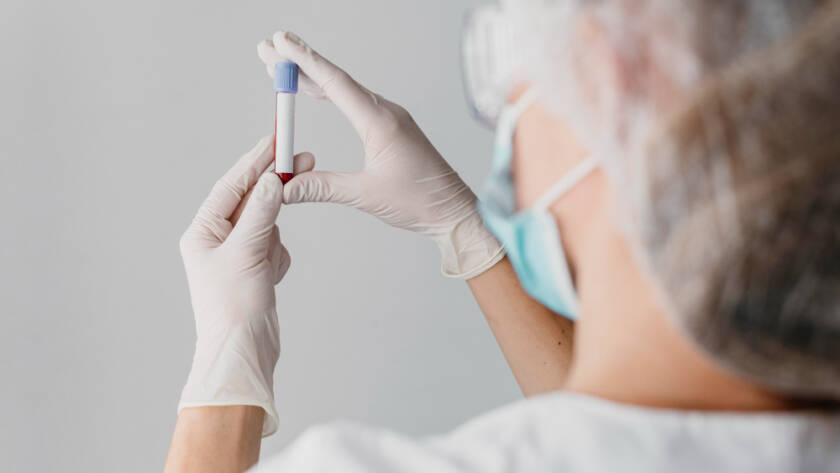BAP1-TPDS is inherited in an autosomal dominant manner, which means that each child of an affected person has a 50% risk to inherit the condition. However, it appears that not everyone with a mutation will develop a tumor, and the types of BAP1-related tumors can vary among different members of the same family. To date,…





